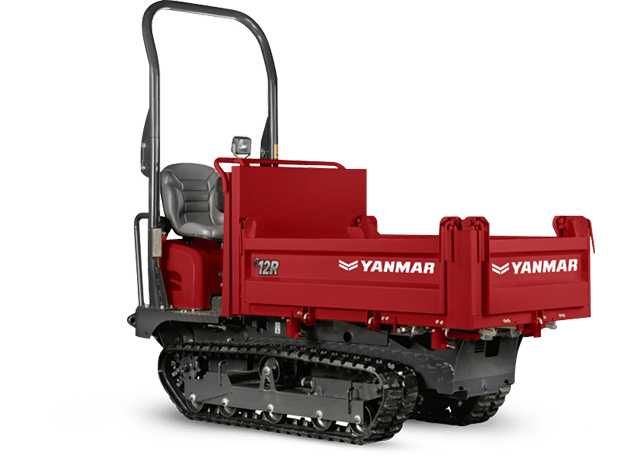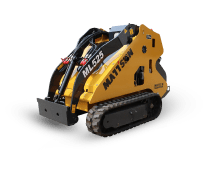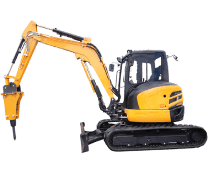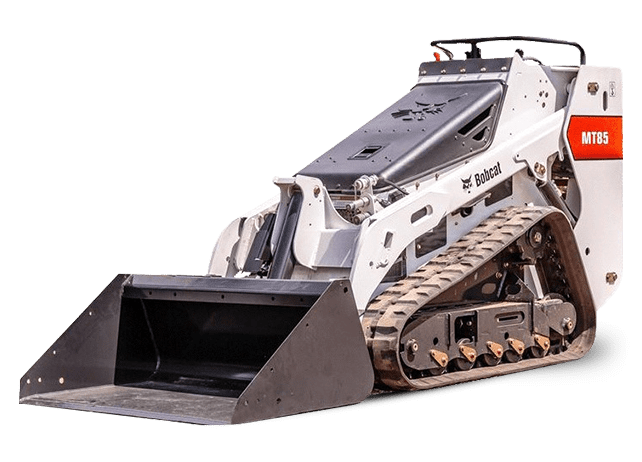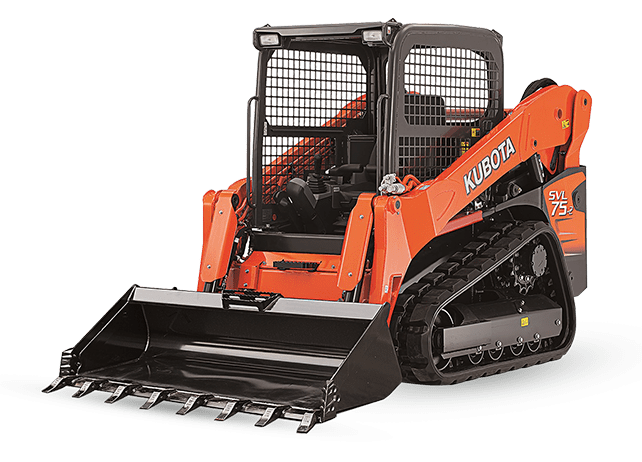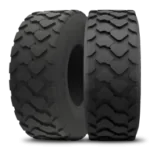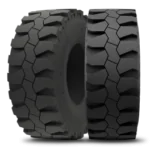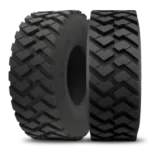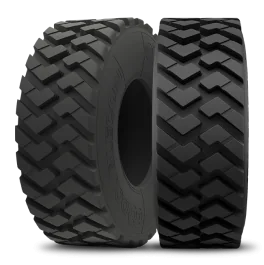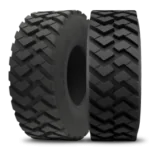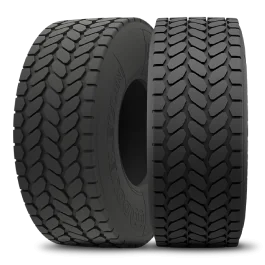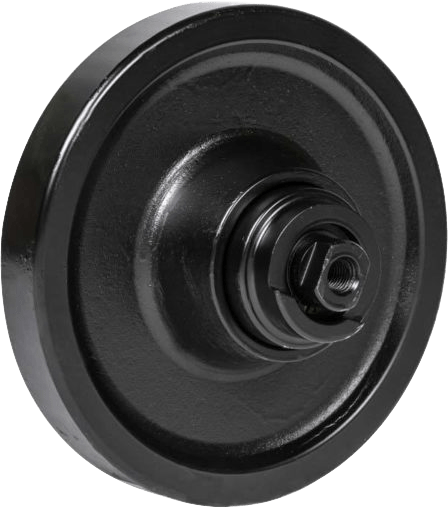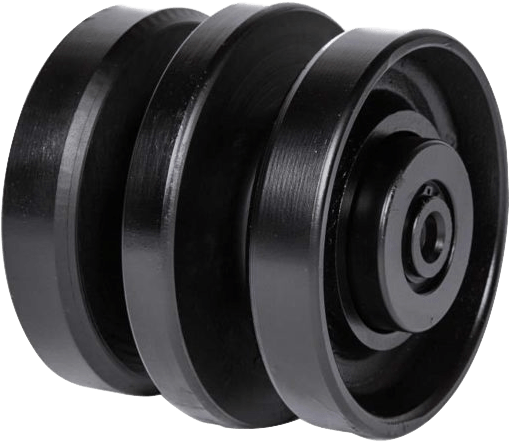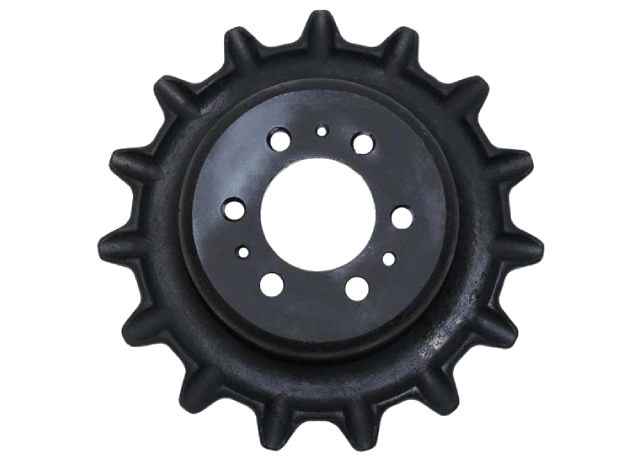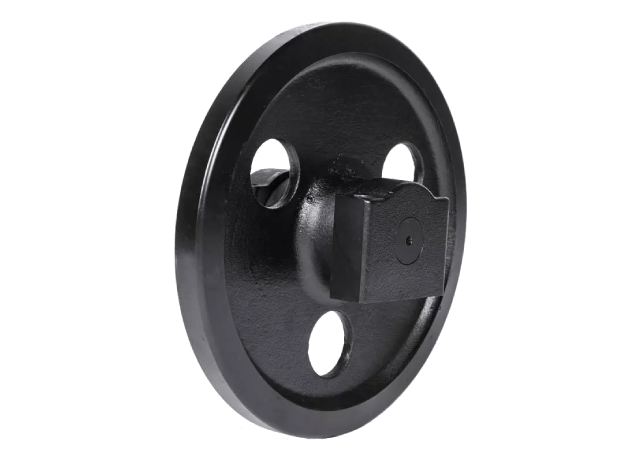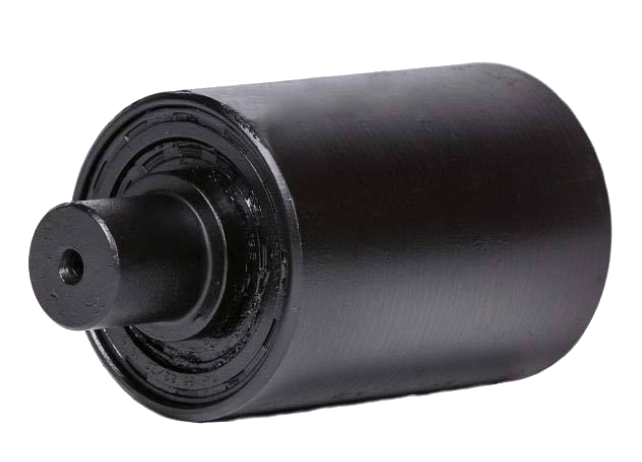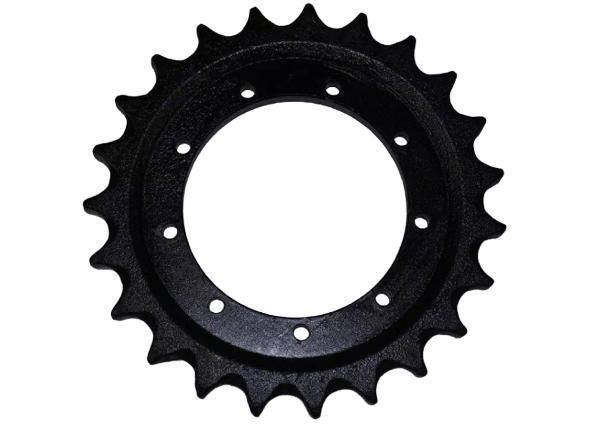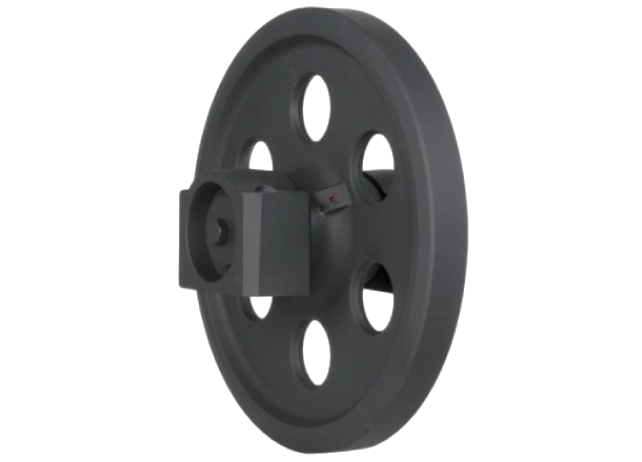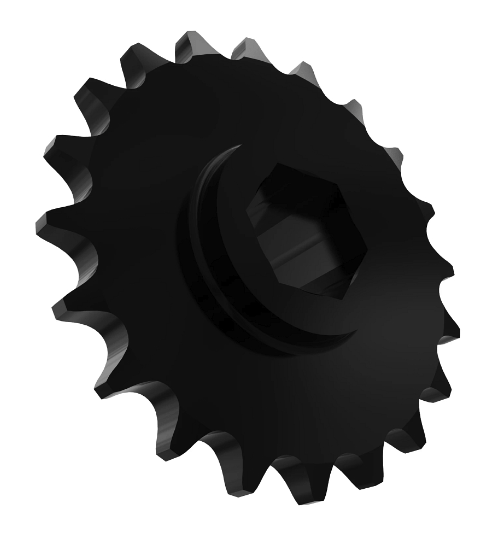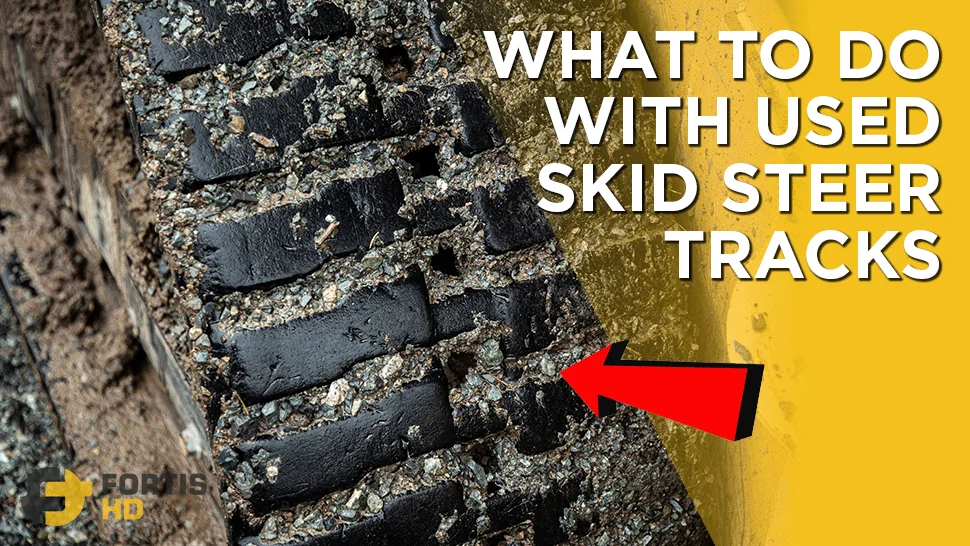Have you ever wondered what to do with those used skid steer tracks around your worksite or farm?
It can be a confusing topic, especially when disposing of the tracks.
According to Andrew Grenzer, chief of the Solid Waste Operations Division for the Department of the Environment in Baltimore, Maryland, “Rubber tracks are not considered a hazardous waste unless they have been contaminated with something in use.”
However, due to environmental legislation, many US landfills won’t accept rubber tracks. Skid steer rubber tracks degrade very slowly (100+ years), and machines can’t compact them, says Osteen Lopez, a former heavy equipment operator in Houston, Texas, now working as a Project Manager for Marekbros.
So, what do you do with used skid steer tracks? Let’s take a look at the available options.
Table of Content
Dumping Worn Skid Steer Tracks

You can’t dispose of rubber tracks as you’ll do with a set of scrap tires. The steel inserts and the reinforcement cables of rubber tracks will damage the tire shredding machines.
Rubber track disposal is in an information limbo, specifically from the government and local authorities.
Why are skid steer tracks not considered scrap tires or hazardous waste? Even when they are an obvious pollution problem. Abigail Pascual has the answer.
Abigail Pascual is head of the Scrap Tire Unit in the Land Management Administration at the Maryland Department of the Environment.
She says that although skid steer tracks are mainly rubber (like tires), they float through landfill waste or the soil when you bury them. Besides, they don’t hold water, which doesn’t pose the same mosquito and vector breeding threats that scrap tires pose.
Some people end up burying or burning used skid steer tracks to avoid paying a disposal fee.
Others cut the tracks and spend weeks hiding the pieces in trash bags. Don’t do that.
Instead, check your nearest landfill website for information on the accepted & unaccepted materials.
Some landfills, like the Loudoun County Landfill, accept rubber tracks for a fee.
A DIY Project
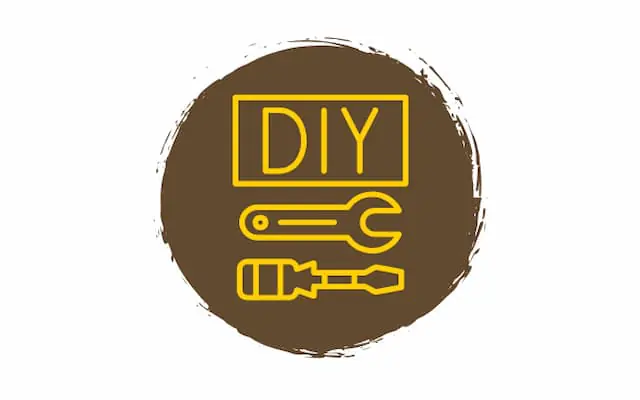
A popular DIY project for old skid steer tracks is to make raised garden beds.
If you have the space and want to avoid the disposal fee, here’s a brief step-by-step guide.
Tools You’ll Need
- Cordless Sawzall.
- Shovel.
- Garden Soil.
- Garden Felt.
- Gravel.
- Spray Paint.
- Scissors.
- Skid Steer (optional).
Cut the Track
Cut the track if you are against a barn or any other structure. Otherwise, use the whole track.
In this case, we cut the track to make the garden against a barn.
Use a Sawzall (reciprocating saw) to cut the track. Raise it with some blocks to cut it. We’ve discovered that laying the track flat on the ground to cut it binds as we go through.
Make the Trench
Lay the track where you want it to be, and trace the inside with a spray can. The line you are doing is where you’ll trench.
Flip the track to get it out of the way.
Trench with a shovel to the elevation you want.
Fill the Trench
Use your skid steer to lay a bottom of garden soil.
Lay the fabric and then use the shovel to put some stones on top to keep it in place.
Cut the fabric to fit the shape.
Finish filling with stones using your skid steer.
Spread the stone layer evenly with the shovel.
Recycling Used Skid Steer Tracks
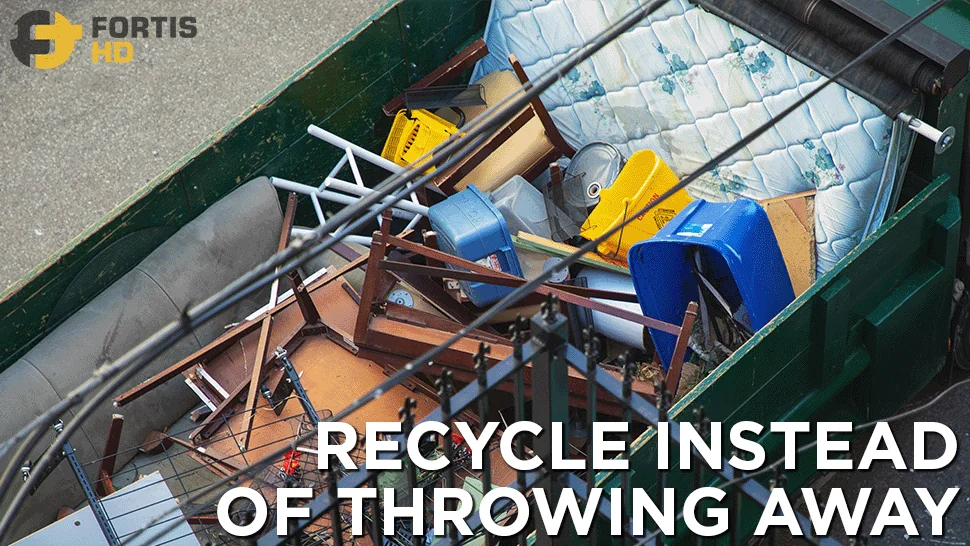
There are two ways of recycling used skid steer tracks. You can retread them or take them to a dedicated recycling center.
Retread Used Rubber Tracks
Rubber track remanufacturing can retread the tread pattern and repair minor cuts as long as the main carcass is in good condition.
Remanufacturing produces tracks almost as good as the original for half the price.
The process consists of:
- An inspection to see if the tracks are eligible based on their structural integrity.
- Wash the tracks to remove dirt, debris, and any remaining tread remnants. Cleaning the tracks improves buffing effectiveness and prevents contamination.
- Specialized machines grind away the old rubber, exposing the underlying structure. The name of the removal process is buffing, and it’s important for creating a smooth surface for the new tread to adhere to.
- Repair cracks, breaks, or other core damages. Technicians patch holes or reinforce weakened areas to ensure the structural integrity of the track.
- After buffing and repairing the track, technicians apply a new layer of rubber, carefully shaping it to match the original tread pattern of the track.
- Technicians vulcanize the new layer through heat and pressure in a curing chamber. The process ensures the new layer bonds to the existing track, making it durable and resilient.
- The track undergoes quality control to make sure it complies with safety and performance standards.
- The last step often involves painting and applying finishing touches to the tracks, giving them a fresh appearance.
Retreading focuses mainly on agricultural rubber tracks, though companies like D&S Tires also remanufacture construction skid steer tracks.
Dedicated Recycling Centers
Track Recycling Company is one of many companies offering an environmentally responsible way to dispose of your used skid steer tracks.
The recycling process can be chemical (pyrolysis) or mechanical. The first requires more energy, while the second is less energy intensive and produces a fine rubber powder suitable for reuse without additional chemical processing.
One of the most effective recycling methods is high-pressure water jets stripping the rubber compound from the steel reinforcement using a few gallons of water.
The result is a high-grade scrap.
The rubber compound becomes:
- Crumb rubber and industrial feedstock for molded products.
- Tire-derived fuel for industrial kilns, mills, and power plants.
- Mulch for landscaping and playgrounds.
The steel inserts and the cable reinforcement come clean for further recycling.
Conclusion
Dumping used skid steer tracks causes serious pollution problems. They degrade very slowly, and many landfills won’t accept them.
Fortunately, there are environmentally friendly manners to dispose of skid steer tracks.
You can retread tracks multiple times if the carcass is in good condition. A DIY project can be a one-time solution. Recycling rubber tracks creates new rubber products and salvages the steel reinforcement for further recycling.
Now that you are considering getting replacement rubber tracks, check the following articles to learn about the best tracks for skid steers available at Fortis to enhance performance and reduce downtime.

To get aftermarket rubber tracks that will outperform, outlast, have better up time, and extended service life, you need to buy from Fortis HD.

